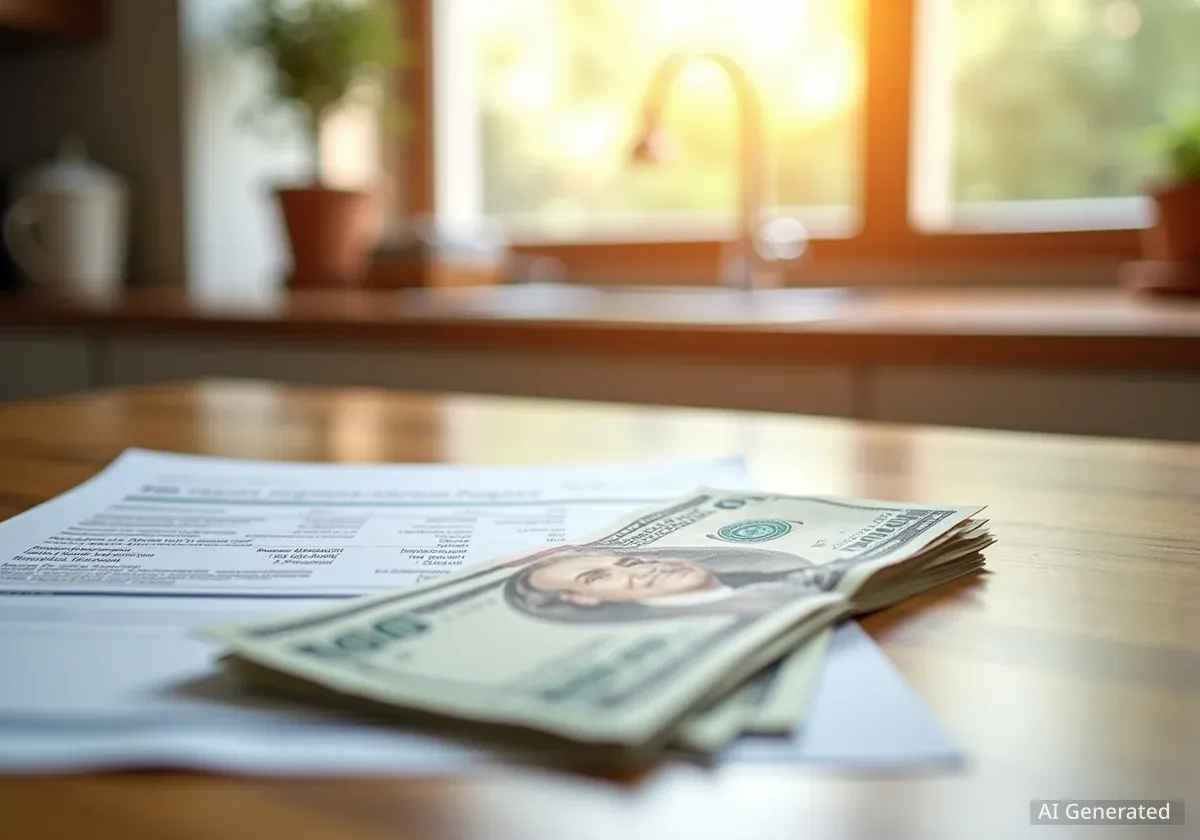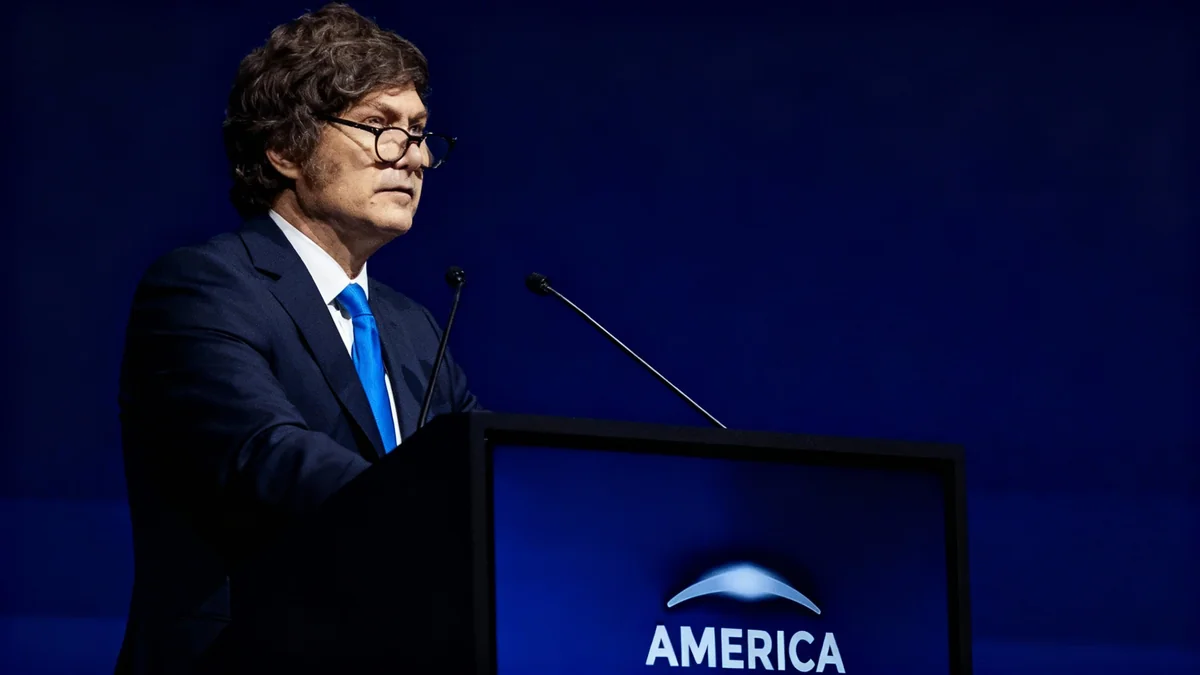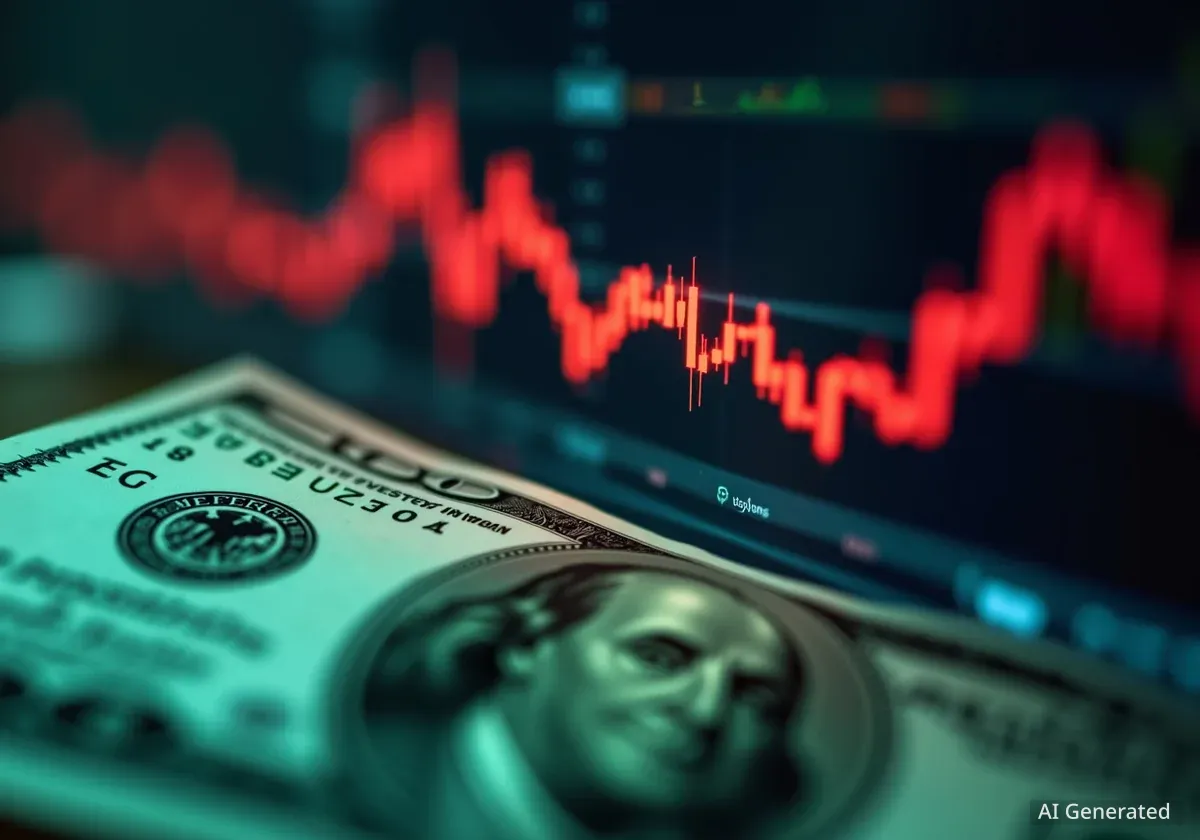The state of New York has begun distributing one-time inflation relief payments to more than 8 million households. The checks, which could be as much as $400, are intended to help residents manage the rising costs of everyday goods and services.
Governor Kathy Hochul's office confirmed that the distribution of these payments started in late September and will continue through October and November. The program is designed to return a portion of increased state sales tax revenue, a direct result of higher consumer prices, back to taxpayers.
Key Takeaways
- Over 8.2 million New York households are set to receive a one-time inflation relief payment.
- Payments range from $150 to $400, depending on income level and tax filing status.
- Eligibility is automatic for qualifying residents who filed a 2023 New York State Resident Income Tax Return (Form IT-201).
- Checks are being mailed out between late September and the end of November.
- The program is funded by increased sales tax revenue collected by the state due to inflation.
Understanding the New York Inflation Relief Program
New York is implementing its first-ever inflation refund check program as a direct response to economic pressures facing its residents. According to the New York Department of Taxation and Finance, the initiative aims to provide targeted financial relief to taxpayers who have been impacted by higher costs for essentials like food, fuel, and housing.
The underlying principle of the program is that as inflation drives prices up, the state collects more revenue from sales tax. This program represents an effort to redirect that surplus revenue back to the taxpayers who generated it. Governor Hochul emphasized this point in a public statement.
“Starting today, we’re sending inflation refund checks to over 8 million New Yorkers because it’s simple — this is your money and we’re putting it back in your pockets.”
Unlike federal stimulus programs, which are often broader in scope, this state-level initiative is specifically funded by and linked to state tax collections. It serves as a direct rebate on the increased sales taxes residents have paid throughout the year.
Eligibility Requirements for the Payment
The state has established clear criteria to determine who qualifies for the inflation relief check, ensuring the process is automatic for those eligible. There is no application process required to receive this payment.
Automatic Qualification
The New York Department of Taxation and Finance will automatically identify and send checks to eligible individuals based on their most recently filed tax returns. This removes the need for residents to sign up or provide additional information, streamlining the distribution process.
Who Qualifies for the Check?
To be eligible for the inflation refund check, a taxpayer must meet the following conditions for the 2023 tax year:
- They must have filed a Form IT-201, the New York State Resident Income Tax Return.
- Their reported income must fall within the specified qualifying thresholds.
- They could not have been claimed as a dependent on another person's tax return.
There are no age restrictions associated with this payment. As long as an individual meets the filing and income requirements, they are eligible to receive the check.
Payment Amounts and Income Thresholds
The amount of the inflation relief check varies based on a taxpayer's income and filing status. The program is structured to provide greater assistance to lower and middle-income households. The payment tiers are clearly defined to ensure a fair distribution of funds.
Payment Breakdown by Filing Status
- Joint Filers (Income up to $150,000): $400
- Joint Filers (Income over $150,000 to $300,000): $300
- Single Filers (Income up to $75,000): $200
- Single Filers (Income over $75,000 to $150,000): $150
These amounts are fixed based on the income brackets reported on the 2023 tax return. Taxpayers will receive one of these four specific amounts if they meet all other eligibility criteria. The checks will be mailed to the address the state has on file from the most recent tax return.
Distribution Timeline and Process
The initial wave of checks was sent out on September 26. The state plans to continue mailing payments throughout October and November until all 8.2 million eligible households have received their funds.
Officials have stated that the mailings are not organized by zip code or geographical region. This means residents in different parts of the state may receive their checks at different times during the distribution window. Taxpayers are advised to monitor their mail for an official check from the New York State Department of Taxation and Finance.
State-Level Relief Programs Across the U.S.
New York is not the only state providing financial relief to its residents. Several other states have implemented similar tax rebate or refund programs to address economic challenges, often funded by state budget surpluses. While the specifics vary, the common goal is to return money to taxpayers.
Examples of Other State Programs
Different states have adopted unique approaches to providing financial support:
- Virginia: The state issued one-time tax rebates to eligible taxpayers with a tax liability. Individual filers could receive up to $200, while joint filers could receive up to $400. The distribution was largely completed by the end of October for those who filed on time.
- Georgia: Leveraging a state budget surplus, Georgia provided tax refunds of up to $250 for single filers, $375 for heads of household, and $500 for those filing jointly. Eligibility was based on being a full-year resident and timely filing of state income tax returns for both 2023 and 2024.
- Alaska: While not a direct inflation-relief measure, Alaska's annual Permanent Fund Dividend (PFD) is a notable example of a state distributing funds to residents. The PFD is paid from investment earnings on state mineral royalties. For 2025, the dividend amount was set at $1,000 per eligible resident.
These programs highlight a growing trend of state governments using fiscal policy tools to provide direct financial assistance to residents, whether in response to specific economic conditions like inflation or as part of long-standing state revenue-sharing models.





